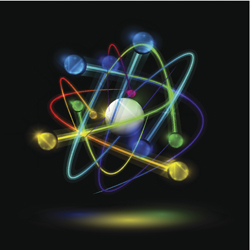Advanced devices using spintronics oscillators
Wireless communications systems typically employ oscillators created by inductors and capacitors (L–C oscillators). As the industry seeks ever-increasing function in ever-smaller packages, the inductor has become a bottleneck to certain advances in wireless communications devices. Spintronics, a field that exploits the spin of electrons as well as their charge, is providing novel devices that overcome the increasing limitations of conventional electronics. Of particular interest to wireless communications are spin-torque oscillators (STOs), also called spin-transfer nano-oscillators. Scientists initiated the EU-funded project 'Spin torque oscillators for wireless and radar applications' (SPINAPPS) to address existing challenges related to output power, frequency stability and frequency control. A few STOs can cover the full frequency range of all communication standards. This is due to properties such as sustained microwave-frequency magnetic oscillations and high tunability by both electric and magnetic fields. In addition, STOs are highly compact, easy to fabricate and compatible with conventional silicon complementary metal–oxide semiconductor (CMOS) technology. Their minimal power consumption and significant cost savings compared to conventional systems makes them particularly attractive in wireless devices. Moreover, they can also be used in higher frequency applications such as new communications protocols and radar systems. Investigators developed simulation software based on commercially available Cadence products to test the function of STO circuits in any semiconductor technology supported by Cadence. The simulation environment thus enables assessment of semiconductor noise and temperature dependence on STO performance as well as investigating novel circuit architectures. Experimental work led to the optimisation of a highly effective process to integrate nano-contact STOs (NC-STOs) on four-inch silicon wafers. As a result, the team produced two different demonstrators, one based on magnetic tunnel junction STOs (MTJ-STOs) on a printed circuit board and one based on giant magnetoresistance (GMR-STOs) in an electromagnet. The SPINAPPS consortium demonstrated the use of spin-torque oscillators in novel devices. Simulation software will certainly inspire innovation beyond the scope of the project to partners and scientists outside the consortium.







